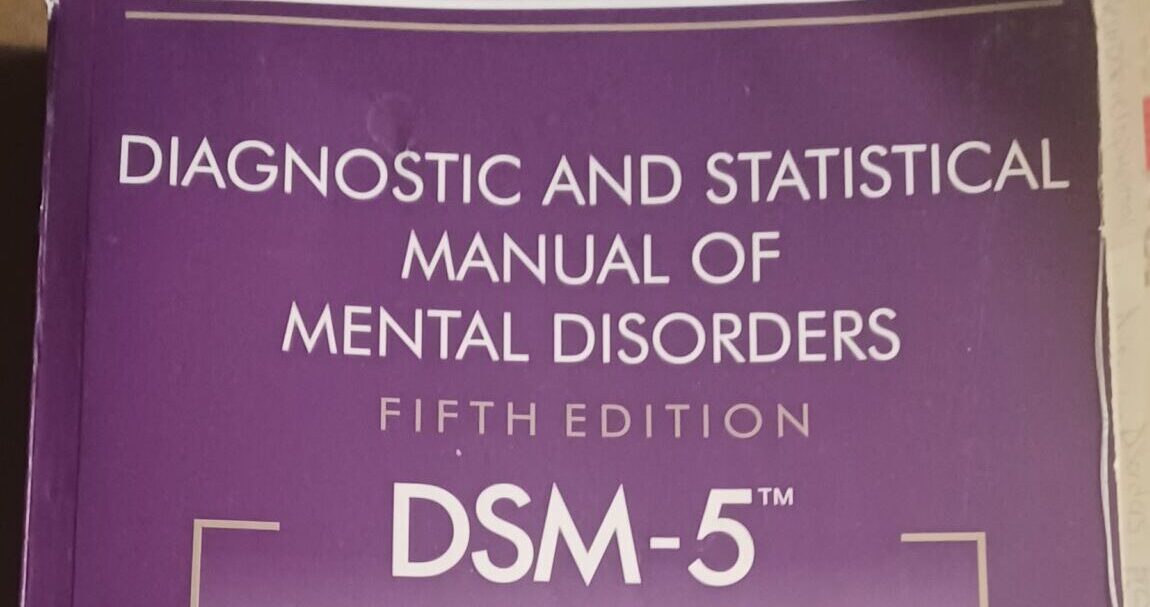Your cart is currently empty!

Is it ADHD or Something Else? Similar Mental Disorders
In a previous post, I talked about the most common diagnoses among children today. You can click here to read more in that post. Attention-Deficit Hyperactivity Disorder, or ADHD, is one of the most common according to the CDC. I get a lot of families in my office that are concerned their young child has ADHD. Usually this is due to behaviors caregivers are seeing or teachers who have encouraged a family to get their child evaluated for it.
In this post, I talk about why ADHD is such a common diagnosis. I also talk about how it can be easily misdiagnosed.
Disclaimer: The statements made in this blog are not medical advice. If you need medical help please reach out to a physician or other medical provider. You may also contact the U.S. national crisis line by dialing 988.
Why is ADHD so commonly diagnosed?
How diagnosing occurs
I see a lot children that have been diagnosed with ADHD either by their primary doctor or someone in their life suspects it. This happens usually around school-age.
If a child is having trouble staying still in their seat, not following directions or struggling to get assignments completed, then parents and/or school staff assume it is ADHD.
These well-meaning people are not necessarily wrong. There can be something that is preventing a child from meeting school and home expectations. It just doesn’t always mean it is ADHD.
What Causes a Misdiagnosis
In the Diagnostic and Statistical Manual of Mental Disorders, more commonly known as DSM-5, there are over 16 differential diagnoses for ADHD. A differential diagnosis is a diagnosis that has similar symptoms of a disorder with a few key differences. The DSM-5 is how professionals diagnose an individual based on criteria or symptoms that individual is presenting. Just like with physical health, symptoms can overlap and be any sort of mental health disorder.
Similar Disorders
Take a few minutes and play this game with me. Below is video with a list of different symptoms that people commonly associate with ADHD. After reading each symptom, click the play button to see the diagnosis.
If you guessed ADHD for all of them, you would be correct, but these symptoms can also be associated with other diagnoses. Did you know not sitting still could be linked to low blood sugar? I sure didn’t until researching for this post.
Anxiety, Disinhibited Social Engagement Disorder, Sensory Processing Disorder and more have symptoms that can look or sound a lot like ADHD. A person who is anxious may fidget or have trouble staying still. An individual who randomly walks up to strangers and talks to them can be seen as impulsive. A person who gets over-stimulated may seem easily distracted in an over-decorated and loud classroom.
With this in mind, you can see how that would make it more challenging to know if someone has ADHD or something else.
How can I get an accurate diagnosis?
Ask yourself these questions
Why do you suspect ADHD? Is your child having trouble sitting still and/or concentrating? Are they running around in a seemingly never-ending ball of energy?
What is their age? This question is important because a 4 year-old not sitting still can be developmentally appropriate versus a 8 year-old. Keep your child’s age in mind when considering ADHD or any other mental health disorder.
What are you hoping happens with getting a diagnosis? For some families, getting an ADHD diagnosis means getting extra support at school. For others, it means getting on medication in order to function. Every child and family is different.
Symptoms
The DSM has a list of diagnostic criteria or symptoms that a person must meet to be diagnosed with ADHD. These categories are broken down into two categories: inattention and hyperactivity/impulsivity. For each category, six or more symptoms need to be present AND last more than 6 months in at least TWO different environments (i.e. school and home).
A few of the inattention symptoms include: difficulty keeping attention, not following through on instructions, often losing things and often forgetful.
For the hyperactivity/impulsivity category some of the symptoms are: often running or climbing about when it is inappropriate (for older kids and adults this could be feeling restless), unable to engage in leisurely activities quietly, and often interrupting or intruding on others.
CONCLUSION
If you suspect your child or even yourself have ADHD you should speak to your primary care doctor. They should give you a brief assessment to be completed by a parent/guardian and a teacher. Based on that assessment you may then be referred to a mental health professional who will do a more in-depth evaluation.
Like this post? Share it! Then check out:
